TETRADIUM daniellii
39,90 €
The bee-bee tree is very popular with bees. The flowers of TETRADIUM daniellii give off a pleasant scent. It is highly sought after by beekeepers for its honey-producing side.
Description
TETRADIUM daniellii (formerly EVODIA daniellii or EUODIA daniellii) also bears the name of bee-bee tree. Beekeepers appreciate it enormously since it represents an excellent source of food for bees. This species is perfectly hardy, while its scented foliage gives it a rather exotic look.
Its white flowers appear from June to August to spread their pleasant fragrance. The bees will be able to feast for several months.
Then, after flowering, red fruits develop to make it a feast for birds.
If there is a tree to plant to help our friends, the bees, and the birds, it is this one.
Finally, in the fall, its usually shiny green foliage turns bright yellow.
How to grow TETRADIUM daniellii
The bee-bee tree can be pruned without difficulty.
Plant it in full sun so that it develops a maximum of flowers.
It is not a demanding plant in terms of soil. It tolerates dry, moderately humid and even humid soil as well as any pH.
TETRADIUM daniellii is resistant to temperatures below −20° C.
Given climate change, it is a particularly interesting tree since it is resistant to droughts.
For a good preparation of the pot or ground, we have designed specific instructions available here. Furthermore, discover here how to water your garden and save water.
History and Origin
The bee-bee tree has its origin in the temperate to tropical zone of eastern Asia.
Formerly also called EVODIA or EUODIA, the genus EVODIA is now limited to tropical species exclusively.
TETRADIUM species are also a food source for butterflies.
The daniellii species was named after British military physician William Freeman Daniell.
The flowers of this tree produce one of the most sugar-rich nectars.
This species was first described by British botanist John Joseph Bennett in 1862.

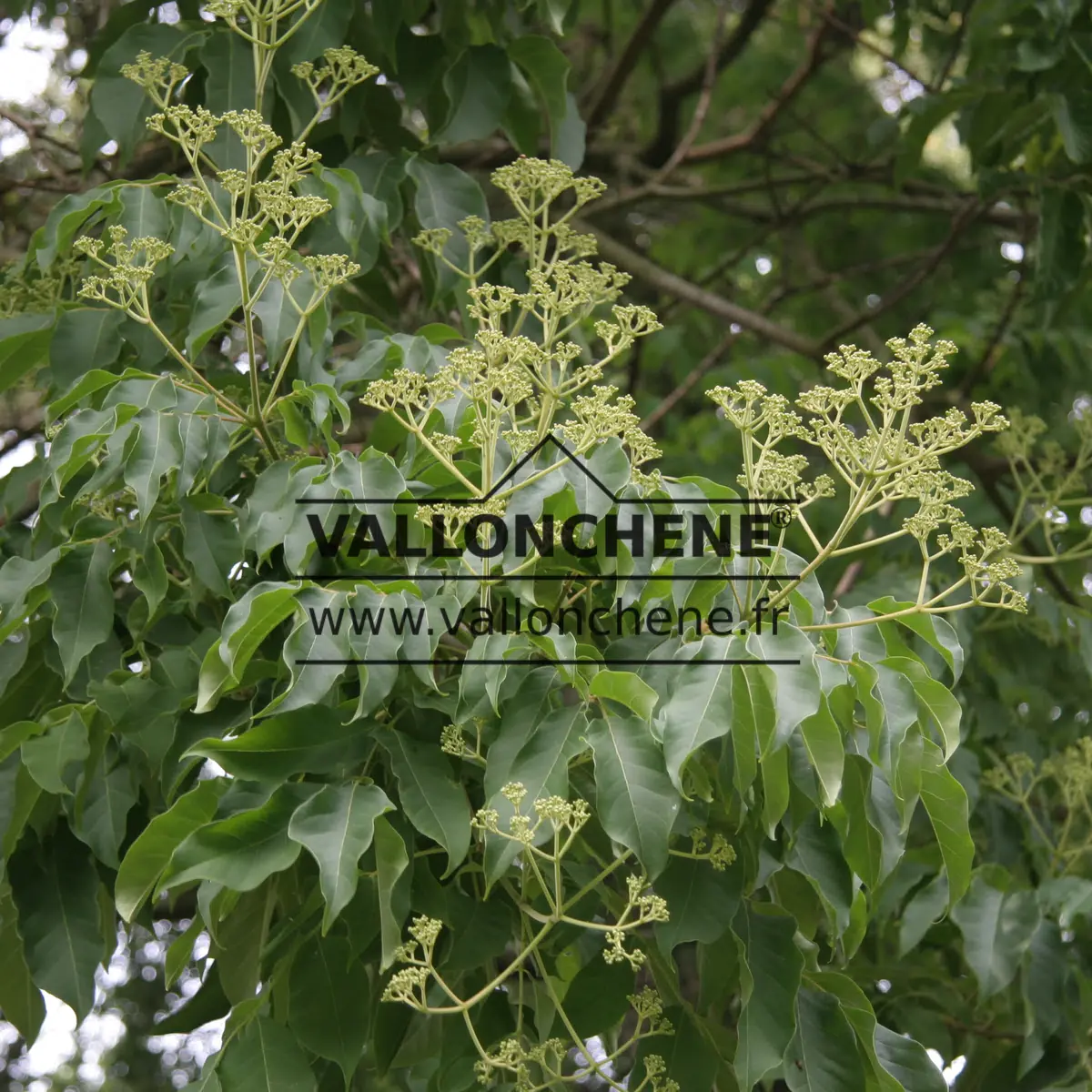
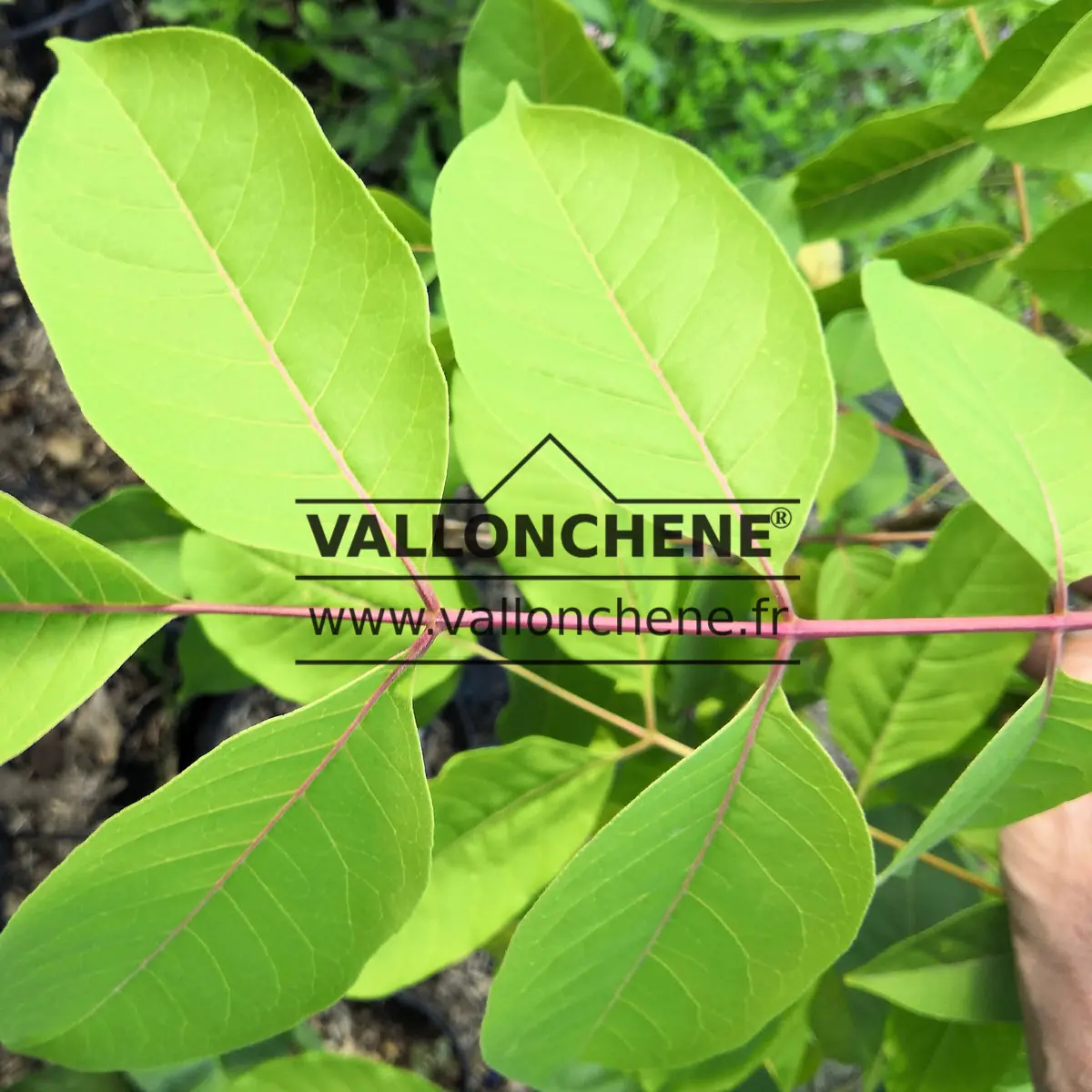
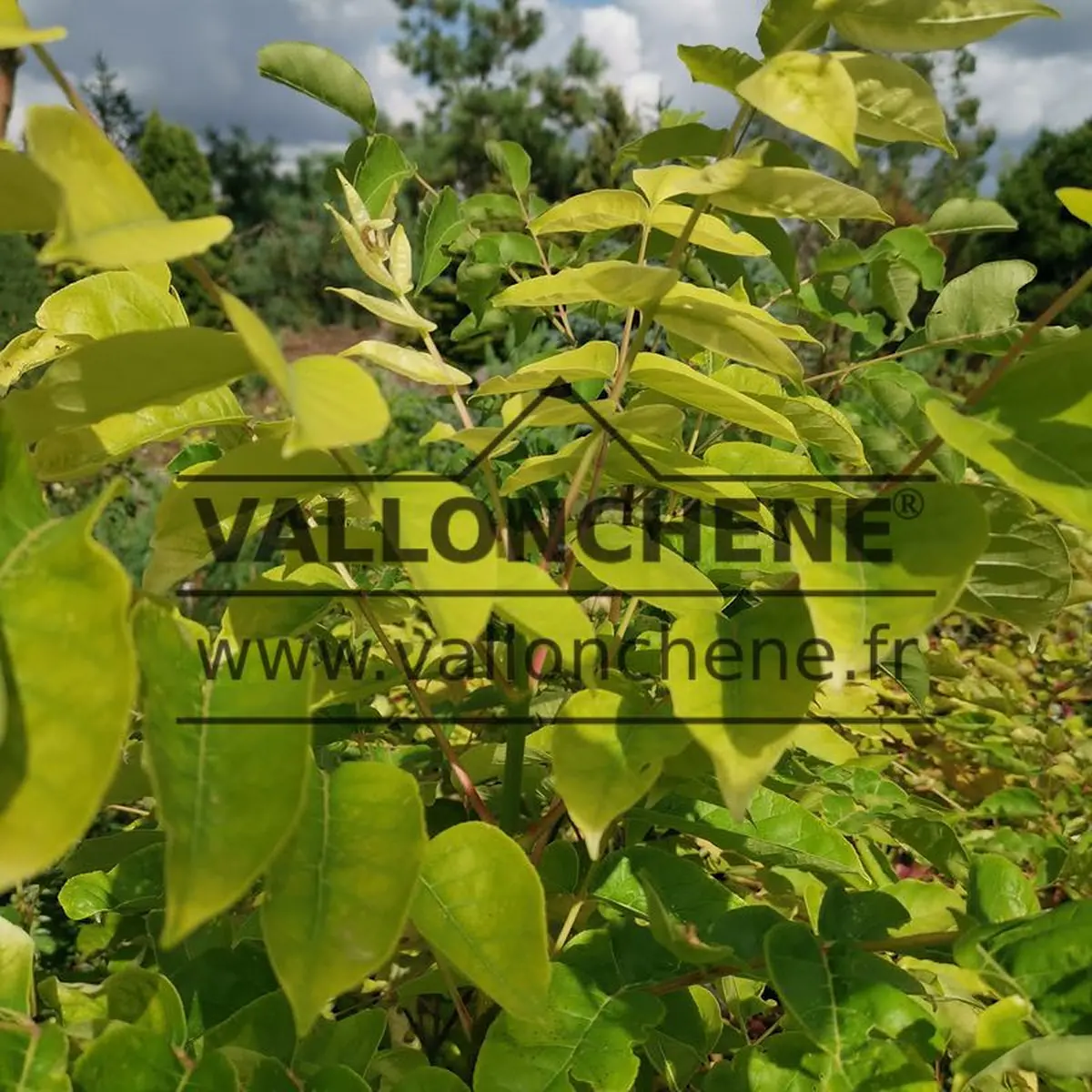
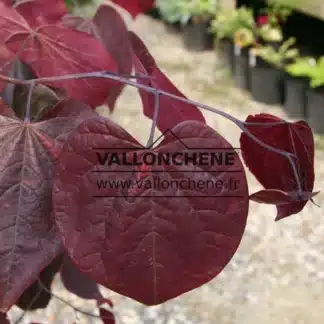
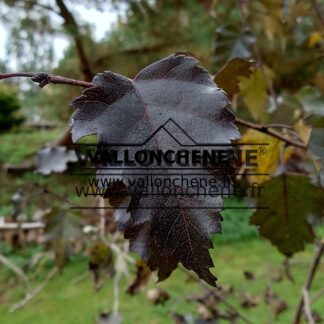
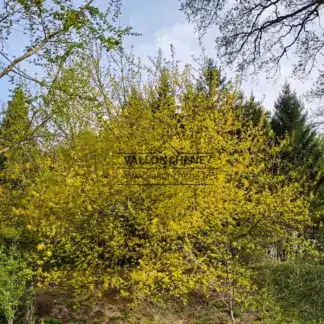

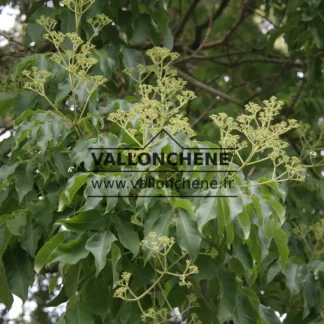
Reviews
There are no reviews yet.